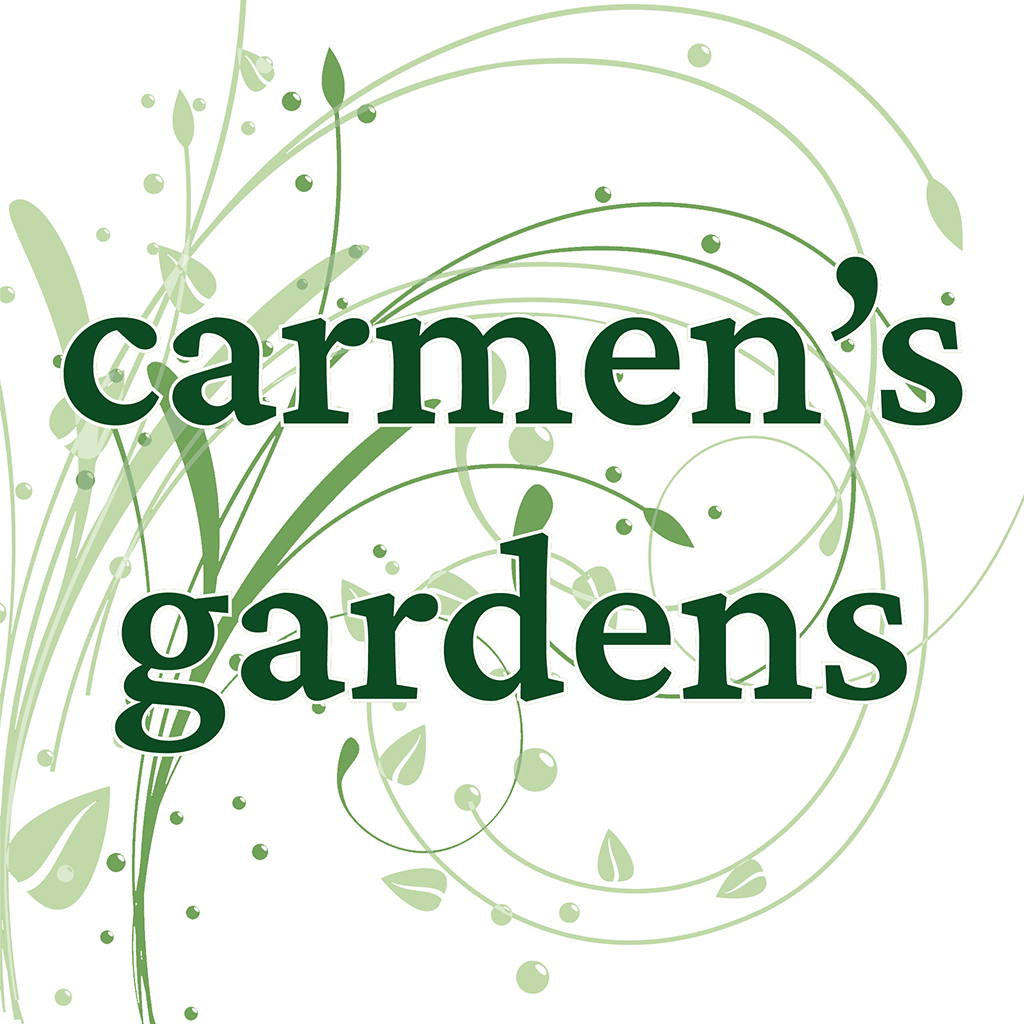Avocado Oil
Obtained from the pulp of the avocado, it has a high degree of unsaponifiables, meaning that a portion does not react to form soap but retains its original structure. It gives protein, amino acids, and large amounts of vitamins A, D, and E. Giving the oil moisturizing and healing properties. Regenerating cells, softening tissue, and healing scaly skin. Used in Lotions.
Beeswax
Made by melting honeycomb in water after the honey has been removed. The wax that rises to the top is collected and filtered. Beeswax gives the product its solid characteristics and holds fatty oils in the emulsion. Used in Lotion Bars, Lip Balm, and Why Chafe?
Cetearyl Alcohol
Is a fatty alcohol mixture derived from coconut and palm oils. It has emollient properties, making hair feel soft and smooth. It is a thickening and emulsion stabilizing agent. Making the bar easier to apply, distribute evenly, and prevents emulsion separation.
Cocoa Butter
Highly saturated fat and is a by-product of making chocolate. Because cocoa butter is not easily absorbed, it lays down a protective layer on the skin, holding in moisture and softening the skin. Used in Lotion Bars and Why Chafe?
Coconut Oil
It is obtained from Copra, or dried coconut meat. Its low molecular weight allows for high solubility and a quick, fluffy lather. Its saturated nature resists rancidity and makes a very hard soap. Used in Soaps and Lip Balm
d-panthenol
Is a water solvable substance that is derived from rice and is made from vitamin B5. It is an emollient, moisturizer, humectant, and has anti inflammatory properties. Meaning it makes products smoother and more spreadable, decreases water loss, provides a barrier to smooth hair and reduce breakage, and reduces scalp irritation.
Dead Sea Salt
A balance of salts including magnesium, potassium, calcium chloride, and bromides. Used in Bath Salts.
Emulsifying Oil
A substance that stabilizes an emulsion by increasing its kinetic stability by keeping the size of the droplets in the emulsion the same over time. Used in Lotions.
Epsom Salts
A mineral compound of magnesium and sulfate and is used in the scrub as an exfoliant and skin softener. Used in Bath Scrubs.
Fragrance Oil
Synthetic imitations of pure essential oils. Used in Lotions, Lotion Bars, Bath Scrubs and Soaps.
Oatmeal
The compounds in oatmeal give the properties of exfoliation, unclogging pores, anti-inflammation, moisturizing, buffing, and soothing. Used in Soaps.
Octiphen
A formaldehyde and paraben-free preservative. It is effective in formulas with pH levels between 4 and 8 and is best used in products that are water based. Used in Lotions.
Olive Oil
Olive oil is an excellent moisturizer. The oil attracts and holds moisture close to the skin. It also prevents the loss of internal moisture by creating a breathable layer. The skin is still able to perform its own functions without being blocked by the oil. Olive Oil is made from cold-pressing olives. Olives can be pressed several times creating differing grades of oil. Used in Soaps.
Palm Oil
Palm oil is made from the fruit of the oil palm tree. It has a high percentage of free fatty acids. Coconut oil creates a fluffy, quick lather but it can dry the skin. When combined with coconut oil, palm oil creates a hard bar of soap, is mild, and cleans the skin well. It also saponifies easily, speeding up the soap-making process. Used in Soaps.
Phenonip
A broad spectrum liquid preservative used in the personal care industry for many years. It is non-irritant to skin, eyes, and mucous membranes. The contents of phenonip are biodegradable, have not been tested on animals for over ten years, and occur naturally in many plants and animals. Used in Lotion Bars.
Shea Butter
Comes from the pits of the fruit of the African Butter Tree. It is highly unsaponifiable, meaning up to 11% of its fat components do not decompose, but retain their original shape. This makes it a valuable ingredient for moisturizing and nourishing the skin. Used in Lotions.
Stearic Acid
A vegetable-derived fatty acid. Its role in soap and lotion products includes being a thickener, emulsifier, and surfactant. Used in Lotions.
Sunflower Oil:
Contains high levels of vitamins A, C, D, and E and fatty acids. These contents allow the oil to act as an antioxidant, an emollient, and cell healer. Used in Bath Scrubs.
Sweet Almond Oil
Obtained from the dried kernels of sweet almonds. The essential fatty acids in the oil make it a wonderful emollient. Used in Lotions, Lotion Bars and Why Chafe?
